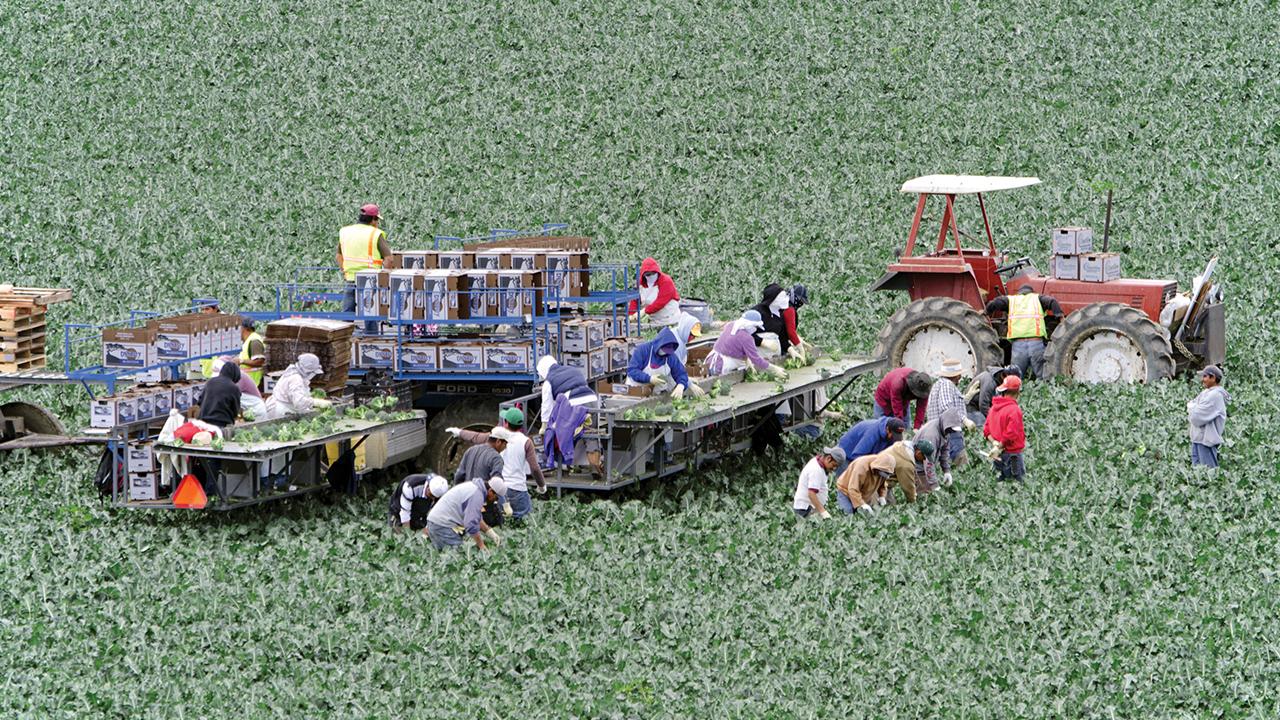
Farm Labor Supply from Mexico is Falling Fast
For decades, farmers in the United States have depended on people from foreign countries—mostly Mexico—to work in the fields. Only 2 percent of California’s farmworkers were born in the U.S.
But Mexico is changing. Fertility rates are falling, rural education is rising, and fewer young people have the need or interest to come to America to pick crops. California’s farm-labor supply from Mexico has been decreasing for several years. New data from a long-term study by UC Davis researchers suggests that supply will soon disappear.
“The flow of abundant labor from Mexico is coming to an end,” said Professor J. Edward Taylor, an agricultural economist and co-author of a farm-labor report commissioned by the U.S. Department of Agriculture. “Our research showed loud and clear that changes in immigration policy like expanding the guest-worker program would be a stop-gap solution at best. Farmworkers from Mexico are aging out and fewer young workers are interested in migrating in.”
It will be politically and logistically hard for farmers to find plentiful, low-wage labor from other regions. Most developing countries are either too small, too far away or urbanizing too quickly. Also, Mexico’s agriculture industry is growing rapidly, attracting workers from Guatemala and other counties who might otherwise be driven to harvest crops in America.
The changes create challenges for U.S. agriculture. UC Davis researchers are developing mechanized harvesters, robotic weeders and other technologies to help farmers produce more food with fewer workers. The new machines and management practices require skilled labor, which Taylor says could ultimately benefit farming and farmworkers.
“The demand for more skilled workers means rising productivity and wages,” he explained. “And that could be good for rural communities.”
Reverse migration
By the mid-20th century, most Americans no longer worked in the fields. U.S. growers turned to Mexico to bolster their supply of farm labor. Some farmworkers arrived on temporary work visas and others crossed the border through authorized and unauthorized immigration.
For decades, this flow of low-wage labor helped U.S. growers increase production of fruits, vegetables and other crops. But the pace of immigration has slowed dramatically. Between 2007 and 2015, the number of unauthorized immigrants living in the U.S. declined 19 percent—from 6.9 million to 5.6 million. Researchers say more unauthorized immigrants are returning to Mexico than entering America.
Taylor and his team conducted surveys with a nationally representative sample of 2,000 rural Mexican families, collecting data dating back to the 1980s. They found clear trends to explain the decline. Families are having fewer children, more villages are building secondary schools and the non-agriculture economy is growing.
Taylor calculates that the number of potential immigrants from rural Mexico drops by about 150,000 people every year, and U.S. growers compete with farmers in Mexico for that shrinking pool.
“What was happening in America in the 1900s is happening now in Mexico,” Taylor said. “As incomes go up, the share of workforce in agriculture plummets. Kids in Mexico are like any other kids with smart phones and Instagram. Are you really going to convince them to go out and pick lettuce?”
A new paradigm
Signs of a tightening farm labor market are already here. Over the last 10 years, farmworker wages have risen, the gap between agricultural and nonagricultural pay has narrowed and farmers’ use of guest-worker programs has doubled. Some farmers would like an expanded guest-worker program, but Taylor predicts that would provide only temporary relief.
“Immigration policy can’t solve the problem if workers don’t want to work in agriculture,” he said.